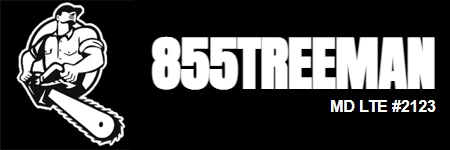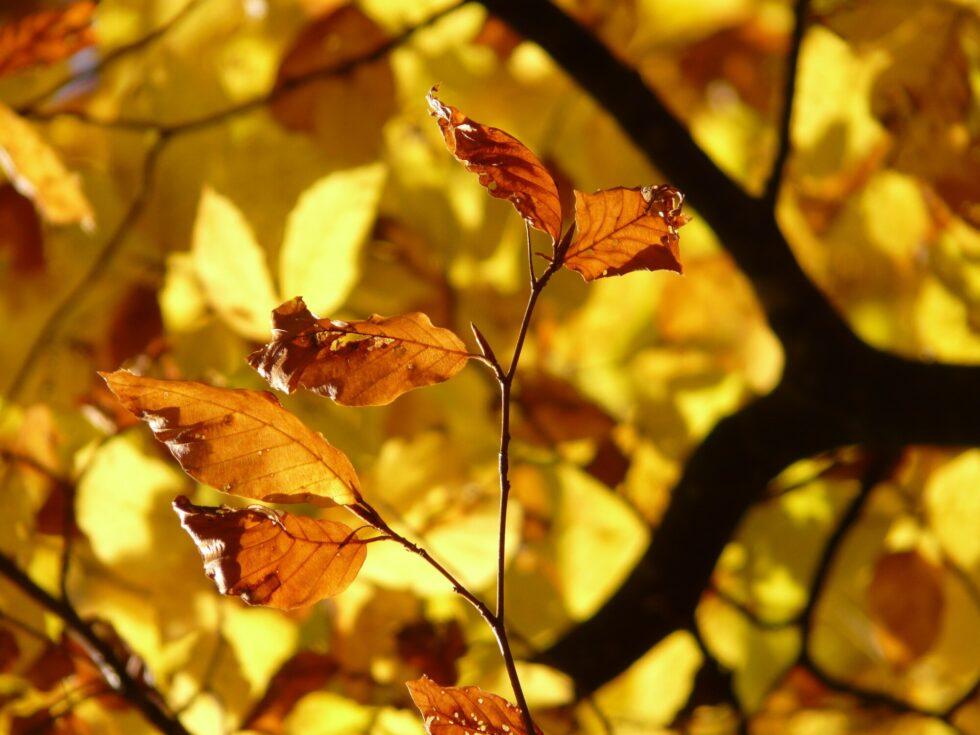Protecting your Beech tree may require you to fight a common infection known as Beech Leaf Disease. We take a look at some of your treatment options.
Are your beech trees showing leathery bands in the leaves and a gradual reduction of your leaf canopy? If so, they may be suffering from beech leaf disease.
Unfortunately, because beech leaf disease is still such a new threat, your best bet is to enlist experts right away.
Here’s a look at beech leaf disease and what you can do to keep your trees healthy.
What is the Threat?
Beech leaf disease, or BLD, is a new type of plant disease that specifically targets beech trees. It can affect and kill both native and ornamental beeches.
The causes of beech leaf disease remain unclear, but it is currently thought to be related to Litylenchus crenatae, a foliar-feeding nematode species (a species of non-segmented microscopic worm). It is thought to infect trees by passing microbial pathogens.
Where is the Threat?
Beech leaf disease has been observed in the United States, Canada, and forests of Eastern Europe.
In the U.S., specifically, beech leaf disease has been reported throughout Ohio, Rhode Island, West Virginia, Massachusetts, Pennsylvania, Connecticut, Ontario, and New York. While it has not been reported yet in Maryland, it was reported in Prince William County, Virginia in 2021, which is near Manassas in northern Virginia and a stone’s throw away from Maryland across the DMV lines.
It has been observed in:
American beech
European beech
Ornamental beech
Because the causes of the disease remain uncertain, it’s still unclear how beech leaf disease spreads or how it’s able to travel such long distances. One theory is that non-flying anthropods like spider mites carry the nematodes, thus exacerbating local spread, but long-distance spread remains a mystery.
Symptoms of Beech Leaf Disease in Southern Maryland
As the name implies, beech leaf disease symptoms only target beech leaf tissue. Damage occurs while the leaf is still budding, and when the leaf opens, there are dark, leathery bands between the leaf veins and leaf curling.
As symptoms of the disease progress, the tree begins to lose leaves prematurely and has trouble budding new leaves. This leads to an overall reduction in canopy cover over time which will eventually starve the tree.
The disease can affect saplings and mature trees. It can kill a sapling in two to five years if unmanaged, while a mature tree may survive up to six years. In groves with an established infestation, several trees can quickly become infected, though there seems to be some variation in what trees are impacted.
What to Do About It
Unfortunately, because the causes of beech leaf disease remain uncertain, your best bet for beech leaf disease treatment is prevention. Do not move trees from areas with known infestations, or if you have any reason to believe there may be an infestation in the area.
There is some preliminary research suggesting that some populations fare better if you inject trees with a preventative medicine, but again, because beech leaf disease research is still in its early stages, it’s hard to know for sure. Either way, it’s a good idea to look into products with anti-nematodal properties, which an expert tree service can provide.
Turn to the Experts to Tackle Beech Leaf Disease
Beech leaf disease doesn’t have to spell trouble for your beeches. You just need the right experts in your corner.
The good news? You’re in the right place. We have the most five-star reviews of any tree service in southern Maryland and offer full-service tree care throughout the southern Maryland region. So if you need experts to get beech leaf disease under control, get in touch today for your free on-site estimate.

